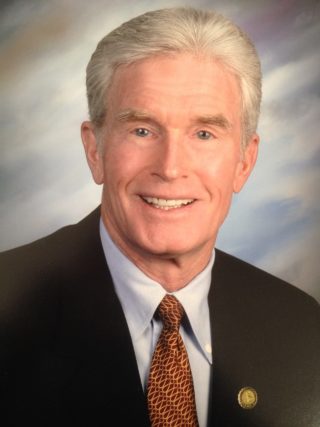HOME | ABOUT US | MEDIA KIT | CONTACT US | INQUIRE
HOME | ABOUT US | MEDIA KIT | CONTACT US | INQUIRE
As with any economic recovery interest rates and bond yields rise. Historically it’s been a bullish development for stocks because the earnings rebound (fueling the “risk on” appetite) typically far exceeds that of the “risk off” fear of rising rates. The market normally transitions to this unfolding scenario.

The first resistance level of 1.5% (for the 10-yr Trsy) has been breached, and the market had a rough time, even as the Atlanta Fed raised its Q1 GDP forecast to 9.5%. Why would anyone not think bond yields wouldn’t tick higher with a GDP forecast this bullish? High-flying stocks had to reset, but the market should absorb this initial pop in yields and head higher on brighter earnings prospects.
The next level round number of 2.0% will likely be challenged in the not-too-distant future as stronger employment data starts to cross the tape. Hiring within hotels, resorts, restaurants, bars, casinos, airlines, cruise lines, amusement parks, professional and collegiate sports venues, live concerts, movie as well as live theatres all appear headed back to near full employment and operational capacity.
An additional move higher to 2.5% for 10-year bonds could simply result from a continuation of good things happening in the economy over the next three to four months (in conjunction with initial and weekly stimulus checks going out, another whale-sized round of PPP loans being issued to small businesses, improving Covid data and more government spending in the form of a massive infrastructure package). A move to 2.5% will also imply the bond market expects the Fed to push forward its plans to taper QE. Considering that we’re only expecting a move higher of just 1.0% from current levels, that’s not much interest rate risk when one considers the potential equity rewards.
To what extent inflation is being anticipated is the big question. The Fed’s goal of a 2% core inflation rate is being realized quickly, but at what point does $70 oil take gas prices north of $4 per gallon, or sky-high lumber prices, or roofing and other building material price increases slow the pace of new construction in places like California to a crawl? Profits may evaporate in an already super tight housing market where land acquisition costs are at a big premium? Like it or not, investors are on commodity watch.
In just the last three weeks there were big spikes in the prices of crude oil, gasoline, heating oil, ethanol, palm oil, rubber, coffee, lumber, oats, cotton, cocoa, sugar, lean hogs, copper, lithium, platinum, steel, cobalt, aluminum, tin, nickel, molybdenum, iron ore, soda ash and rhodium. And shortages of key manufacturing components such as chips threaten to make it impossible to meet strong vehicle market demand. That chip shortage became worse when a major Japanese supplier recently experienced a significant fire.
Until this past week the stock market had been practically shouting: “There’s a big recovery coming!” But Wall Street hasn’t believed it. Wall Street has doubted the market’s rapid rise, saying it is “overbought” and clearly ripe for a correction. But maybe the market has been right. Major stock indexes set 35 record highs in 2021 so far, and recently breached the 33000 mark. The market often looks six months ahead, so it apparently envisions a robust first half. A Wall Street colleague of mine making such a case, an economist at Bank of America Global Research says, “fasten your seatbelts, there is a strong case for a roaring economic comeback”!
Consumers have paid off much of their debt and are flush with cash, ready to spend when the coast is clear. The personal savings rate was 13.7% in December, almost double the 7.6% rate a year ago. Shouldn’t we go shopping? But, what about the southern border disaster? Has confidence in government become a bigger market factor?